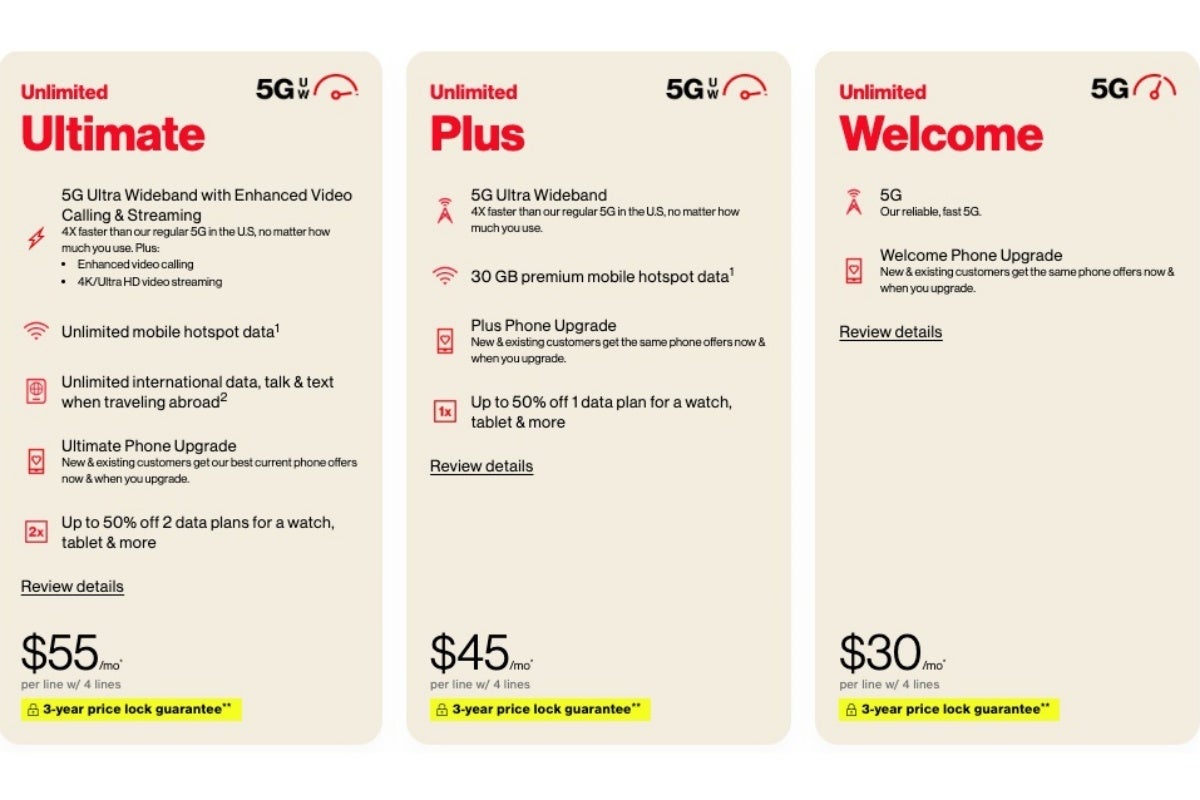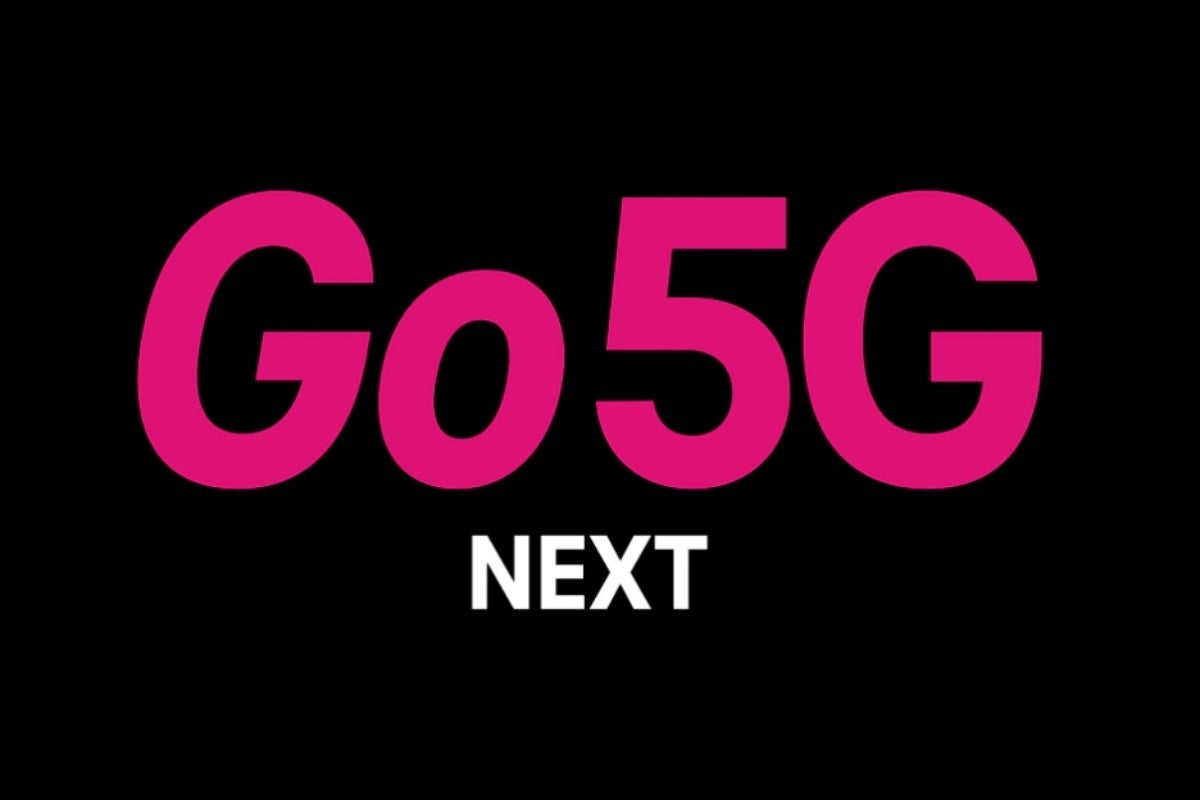So what exactly is changing?
As far as I can tell, international calling has gone completely unchanged (at least for now), so you can still phone your friends and family abroad without paying through the nose, but only in one of 140 countries and with a monthly ceiling of 300 minutes.

That unlimited mobile hotspot data on the Unlimited Ultimate plan is not technically unlimited, but it’s still pretty amazing. | Image Credit — Verizon
Mobile hotspot data, meanwhile, has unquestionably received a huge upgrade, although somewhat predictably, that’s also not as huge as you may have expected. Yes, Verizon Unlimited Ultimate subscribers technically get “unlimited” mobile hotspot data now, but the meaning of the magic word is tainted for the umpteenth time with a 200GB limit on “premium” data.
In other words, only your first 200 gigs of hotspot data a month will be truly unlimited, with anything that goes over that number falling from Big Red’s highest available speeds to no more than 6 Mbps.
Of course, 6 Mbps is not bad either, and the same goes for Verizon‘s jump from 10 to 15GB of “high-speed” international data a month, which is actually today’s second big Unlimited Ultimate change. That’s not quite as spectacular as the international calling upgrade we were all dreaming of yesterday, but it’s… certainly not bad.
How do these features compare with what T-Mobile and AT&T are offering?
Naturally, that’s not enough for Ma Bell to compete in the same league as Verizon, especially with AT&T‘s hotspot speeds reduced to a very modest maximum of 128Kbps after you spill your 60 gig bucket.

T-Mobile should definitely think about improving the Go5G Next plan ASAP. | Image Credit — T-Mobile
As far as international data is concerned, T-Mo’s costliest plan caps off at only 5GB at the highest speeds, followed by “unlimited data” in 215+ “countries and destinations” at up to 256Kbps. AT&T‘s marketing strategy differs from those of its rivals, with the aforementioned Unlimited Premium PL option including unlimited high-speed data in 20 Latin American countries and nothing else.
After taking the unchanged but also unrivaled international calling benefit into consideration, it’s hard not to view Verizon as the superior option right now, at least from these three standpoints that likely feel very important to some but not all customers.











